
Morocco is recognized for its colorful culture and rich history, and one of its most distinct elements is its handcraft. Moroccan handicrafts, which range from delicate pottery and ceramics to colorful fabrics and jewelry, are a monument to the country’s skilled craftsmen and their passion to their profession.
You’ve come to the right place if you want to learn more about Moroccan handicrafts. This blog will look at some of Morocco’s most popular handicrafts, their history and significance, and where you can get them.
Moroccan Ceramics and Pottery
Moroccan pottery and ceramics are among the country’s most recognizable handicrafts. The striking blue and white motifs of Fes and the bright, colorful patterns of Safi are just a few examples of Morocco’s broad spectrum of pottery and ceramics.
Each Moroccan area has its own own pottery and ceramics style, which is typically inspired by the surrounding scenery and culture. Fes’ blue and white pottery, for example, is influenced by the city’s Andalusian tradition, whilst Safi’s multicolored pottery symbolizes the lively spirit of the seaside city.
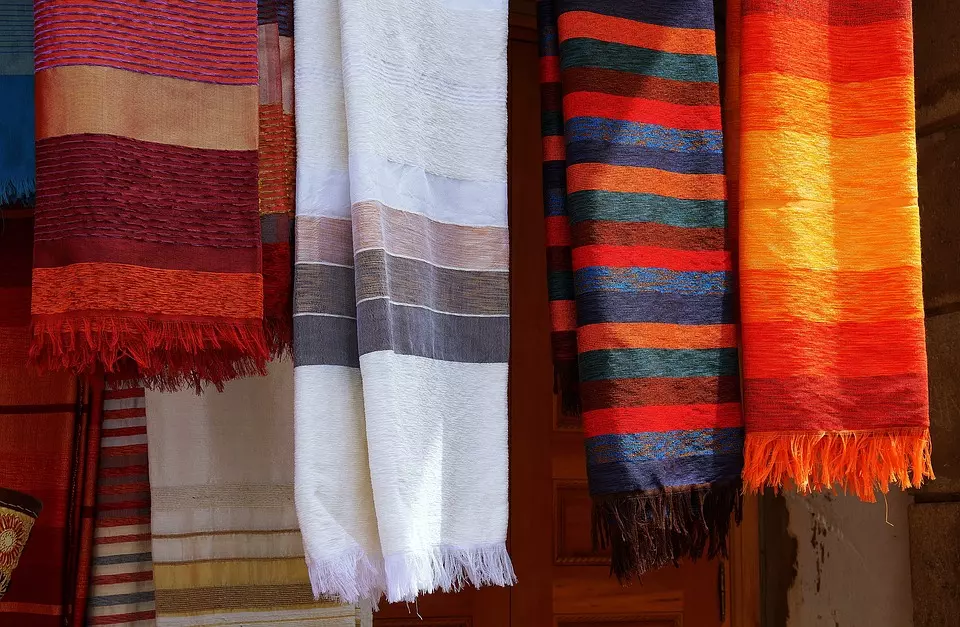

Moroccan textiles
Moroccan textiles are also valued for their exceptional quality and beauty. Moroccan textiles are known for their elaborate designs and vibrant hues, from the sumptuous silk of Fes to the woolen blankets of the High Atlas Mountains.
Several Moroccan textiles, such as hand-loomed woolen carpets from the Atlas Mountains and delicately embroidered caftans from Marrakech, are still manufactured using traditional processes. These fabrics are frequently passed down through families as heirlooms, and they continue to play a vital part in Moroccan culture today.
Moroccan Jewerly
Moroccan jewelry is another well-known handcraft with a long history and cultural value. Moroccan jewelry displays the country’s varied ethnic groups and customs, from silver bangles of the Tuareg to intricate necklaces of the Berber tribes.
Moroccan jewelry is frequently crafted from natural materials such as silver, coral, and amber and is embellished with elaborate patterns and motifs. The hamsa hand, which is thought to bring protection and good fortune, and the Berber fibula, a traditional brooch worn by Berber women, are two of the most popular ornaments.
Where Can I Get Moroccan Handicrafts?
If you want to buy Moroccan handicrafts, there are several possibilities accessible. Several of Morocco’s largest cities, such as Marrakech and Fes, feature lively marketplaces selling everything from ceramics and textiles to jewelry and leather products.
Moroccan handicrafts may also be found in smaller towns and villages, where local artisans sell their items in traditional souks (markets). Because the objects are manufactured by local artists using traditional methods, these souks are frequently the finest sites to obtain unique and original handicrafts.
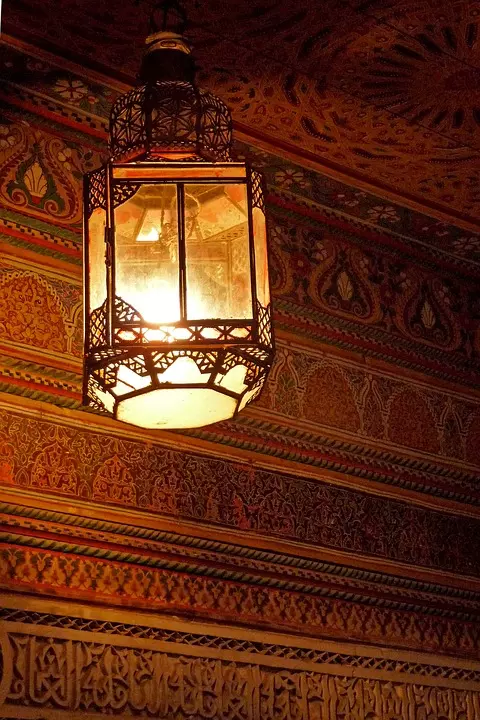

Finally, Moroccan handicrafts are a one-of-a-kind and gorgeous expression of the country’s culture and history. There’s something for everyone, whether you like pottery and ceramics, textiles, or jewelry. So why not start your collection with a piece of Moroccan handicraft?


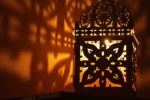
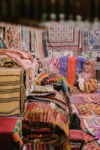
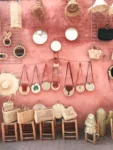
Leave a Reply